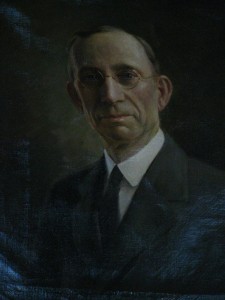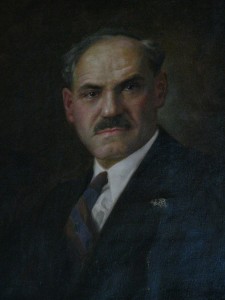![]() Patrons frequently come to the Law Library with questions or situations regarding family law that go beyond the services provided by Second Judicial District Family Court Services. The Law Library can sometimes help these patrons locate necessary forms for their situations (such as third party custody petitions or emergency motions). Sometimes, however, patrons are looking for more advice and assistance for their domestic issues than we can properly provide. In these cases, we often refer them to Tubman, a local multi-service agency with a core focus on domestic and family services.
Patrons frequently come to the Law Library with questions or situations regarding family law that go beyond the services provided by Second Judicial District Family Court Services. The Law Library can sometimes help these patrons locate necessary forms for their situations (such as third party custody petitions or emergency motions). Sometimes, however, patrons are looking for more advice and assistance for their domestic issues than we can properly provide. In these cases, we often refer them to Tubman, a local multi-service agency with a core focus on domestic and family services.
Tubman offer a wide range of services including family violence shelter, mental and chemical health counseling, support groups, and various classes on useful subjects (finding a place to live, job hunting, and money management) . They also offer legal clinics for people seeking advice on family or domestic matters. They offer a free 30-minute to anyone regardless of income. A free two-hour session is available for those that meet certain income guidelines, and complete pro bono representation for those that meet stricter guidelines. Their other legal services offered by Tubman include paperwork assistance for Orders for Protection, criminal court advocacy (meeting victims at court and informing them of the process), and attorney referrals.
The Tubman Crisis Line number is (612) 825-0000.
Locations:
Tubman’s Chrysalis Center
4432 Chicago Avenue
Minneapolis, MN 55407
(612) 871-0118
Tubman Center East
1725 Monastery Way
Maplewood, MN 55109
(651) 789-6770
![file000362423539[1]](https://ramseylawlibrary.org/wp-content/uploads/2013/06/file0003624235391-300x200.jpg)

![9780195394870[1]](https://ramseylawlibrary.org/wp-content/uploads/2013/05/978019539487011.jpg)

![file0001067824907[1]](https://ramseylawlibrary.org/wp-content/uploads/2013/05/file000106782490715-300x200.jpg)
![dvsvbook200[1]](https://ramseylawlibrary.org/wp-content/uploads/2013/05/dvsvbook20016-150x150.jpg)

![file000320598119[1]](https://ramseylawlibrary.org/wp-content/uploads/2013/04/file00032059811911-300x224.jpg)
![file0001027529042[2]](https://ramseylawlibrary.org/wp-content/uploads/2013/04/file000102752904224-200x300.jpg)